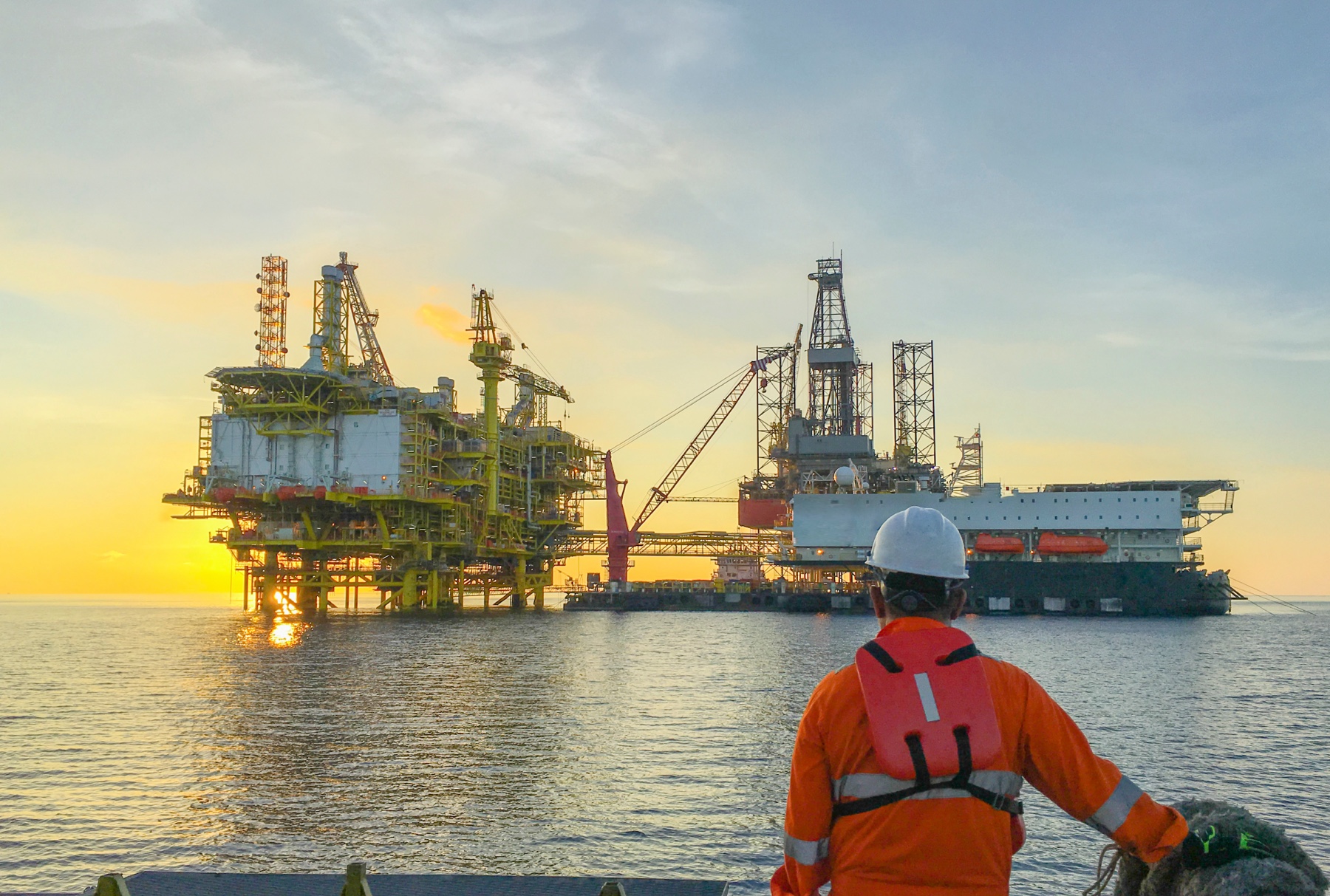Strategic research for innovative marine propulsion concepts
This project connects the latest climate change impact and adaptation analysis with knowledge and models of the shipping industry.
Project leader
Professor Mehmet Atler
Dates
April 2010 - March 2014
Project staff
Dr K-C Seo
Prof D. Wang
Mr George Politis
Sponsors
European Commission Seventh Framework Programme
Partners
ROLLS-ROYCE PE (Co-ordinator)
RRAB
WALVIS
CNR-INSEAN
DST
MARIN
CHALMERS UNIVERISTY
CNRS
HSVA
TUHH
LLOR
SSPA
STENA
RRMarine
RRUK
SCITEK
FOI
HRP
CTO
WMC
ARTTIC
Description
A new focus for the marine industry is fuel efficiency. This is due to increasing environmental concerns and soaring oil prices.
This requires radically new propulsion concepts. The concepts deliver a step-change in efficiency. The industry demands low emissions and advanced vehicles.
STREAMLINE is the response of the marine community to this demand.
Objectives
To design and demonstrate radically new propulsion concepts.
- Delivering a step-change improvement in efficiency of at least 15%, specifically by:
- A biomechanical system
- Large area propulsion, positioned in the stern wake
- Distributed propulsion systems
- To develop advanced CFD tools and methods to optimise the hydrodynamic performance of the new ship propulsion systems. Specifically by analysing the hull-propulsor relationship.
- To investigate different methods to fully optimise the current state-of-the-art systems. This includes conventional propellers, Pods and water-jets.
- To characterise the operational aspects of each radically new concept. Benchmark each aspect against the current state-of-the-art.
Radical new propulsion concepts
The first major objective of STREAMLINE deliver a step-change improvement in efficiency of at least 15% over the current state-of-the-art. This objectives is me through radical new propulsion concepts.
The propulsion concepts will maximise energy conversion. Combined with low levels of propeller cavitation, noise and vibration.
It will achieve this breakthrough in efficiency. It will do this by designing and model testing innovative propulsion concepts with optimum hull design.
Examples:
- Novel applications of large area propulsion
- A biomechanical system
- Distributed thrust (via multiple propulsors)
The project exploits latest advances in modelling, analysis and validation tools. It optimises hydrodynamic performance of these novel concepts.
It applies novel technologies such as non-metallic propulsion materials and modular designs. It does this via mechanical and electric drive systems.
STREAMLINE is complementary to EU funded programmes. These programmes address the contribution of prime mover improvements to overall vessel energy efficiency and emissions reduction e.g. HERCULES Beta and VIRTUE.
Optimisation of state-of-the-art propulsion
Many opportunities remain to optimise existing propulsion technologies. It may be possible to achieve reductions in fuel consumption and noxious emissions.
The second major objective of STREAMLINE is to investigate different methods to fully optimise current state-of-the-art (SoA) systems. This includes conventional screw propeller systems, pods and waterjets.
For conventional screw propellers the study will include optimisation of special components. Ducted propellers and inflow improving devices such as pre-swirl stators. It uses advanced CFD tools to optimise these components.
This work has the potential to play an invaluable role to reduce emissions on the existing marine fleet. Done without dramatic configuration changes.
For pods STREAMLINE will focus on the benefits of using pods in contra-rotating concepts. This improves the CRP concept (pod behind a main propeller) and the integrated contra-rotating pod (ICP).
Using the new tools from the project it will also examine the possibility of using pod units in new locations on the hull. In the past high risks of ventilation could not be properly assessed and avoided.
For waterjets the aim is to deliver higher propulsive efficiency over a wider range of operational conditions. Through the design of a system with variable inlet/outlet geometries using existing and new actuation technology.
To complete optimisation STREAMLINE will carry out a systematic study to evaluate different propulsion configurations.
This will ensure the exploitation of all possible means to improve total vessel efficiency.
This systematic study will combine aspects of the advanced screw propeller systems and the pods work-packages. This demonstrates the best aftbody configuration for maximising vessel efficiency. It also provides an optimum benchmark vessel.
The project will use it to evaluate the like-for-like benefits of the radical large area propulsion concepts.
Advanced new CFD tools & methods
STREAMLINE must have access to new tools and methods for modelling performance aspects of propulsion technologies.
Consequently, the third major objective for STREAMLINE is to continue to develop advanced CFD tools and methods.
These will optimise the hydrodynamic performance of the new ship propulsion systems. Particularly by analysis of the integrated hull and propulsor.
The tools developed by STREAMLINE will be applied to the radically new concepts as well as to the improved SoA propulsion and validated through physical model testing. These tools will provide a significant advance beyond the current SoA capability in Europe.
Operational aspects
Finally, the fourth major objective is to characterise the operational aspects of each of the radically new propulsion concepts.
This will include analysis of the operational performance, reliability, safety and economic factors. A specialised team runs this analysis. Selected from major ship operators, classification societies and research institutes.
They will ensure strong end user focus during the development work. The project concludes with a benchmarking of each concept against existing SoA.
Specific tasks for Newcastle University:
UNEW’s task involves the further development of their Inclined Keel Hull concept. This is in the field of radical new propulsion system (by Large Area Propulsors). Also verification of this concept by conducting large scale model tests.
